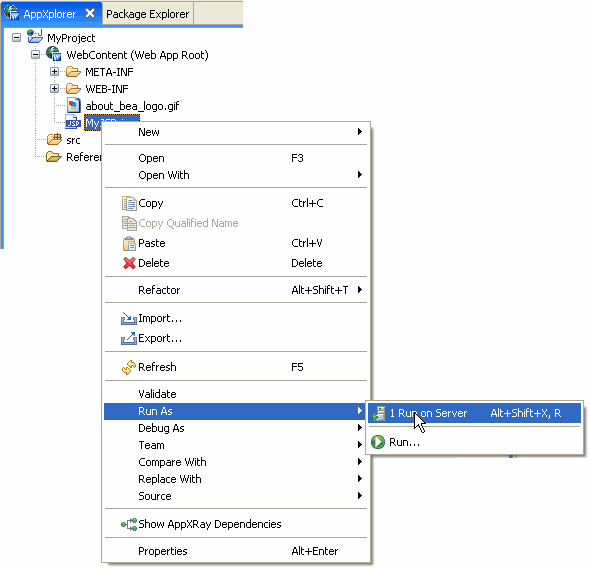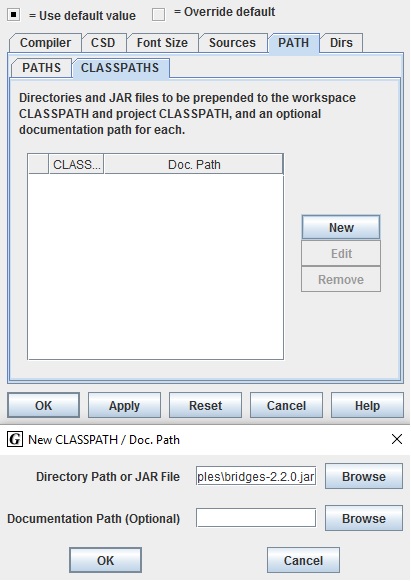

#Jgrasp tutorials how to
I also explained how to install and use Oracle Express at the end of this post. In the second post, we will do some DML (Database Manipulation) operations such as Create, Read, Update, Delete, Insert, etc. For our first example, we will use Oracle DB and default HR schema. When you click this option, the selected FXML file will open in SceneBuilder. Also, please check this link.Īfter setting the SceneBuilder path, go into sample.fxml file and right-click, then you will see the “ Open in SceneBuilder” option. Then, copy and paste the SceneBuilder path as shown below and click OK. To do this, go to File -> Settings, type “ JavaFX” in the search bar. A sample application structure is shown below figure.Īlso, we need to set the SceneBuilder path. “ model” package comprises “ model” and “ DataAccessObject” classes. It is for utility classes such as DBUtil for database connection operations. Also, I added one extra package and called it util. fxml files into view package and controller classes in the controller package. Thus, I used three ( plus one “util” package) packages.
#Jgrasp tutorials code
We are going to write our code based on MVC (Model-View-Controller) principle. Thanks to IntelliJ, it automatically creates a JavaFX project structure and puts a sample Hello World code into the Main class.

Type “ First_JavaFX_Project” as Project name and set your Project Location as you want and click the Finish button. Open IntelliJ ( you can use the latest version when you are reading the article) and click File -> New Project and then click Java FX and click Next button.

This is the starting point of my JavaFX journey.

Finally, I ended up with my decision with JavaFX. Then, I started to search which solution I should choose. After the second week, I thought that I have to automate this task using a GUI-based desktop program instead of using some DB scripts manually.
#Jgrasp tutorials manual
Public class SwingJFrameDemo extends is the complete JavaFX Tutorial with examples! I tried all my best to help you to get started with JavaFX! When I started to work in my current position, one of my tasks is to do manual operations for campaign products every week.


 0 kommentar(er)
0 kommentar(er)
